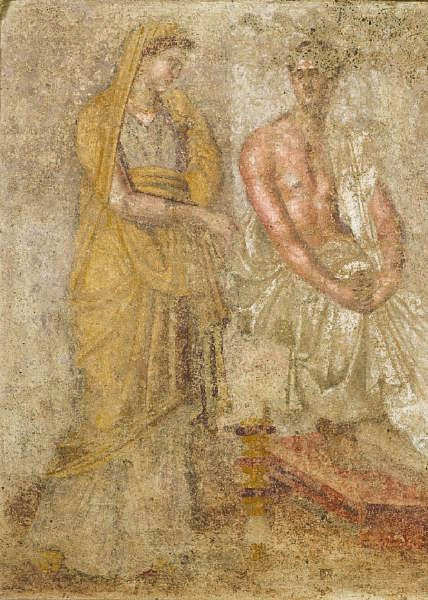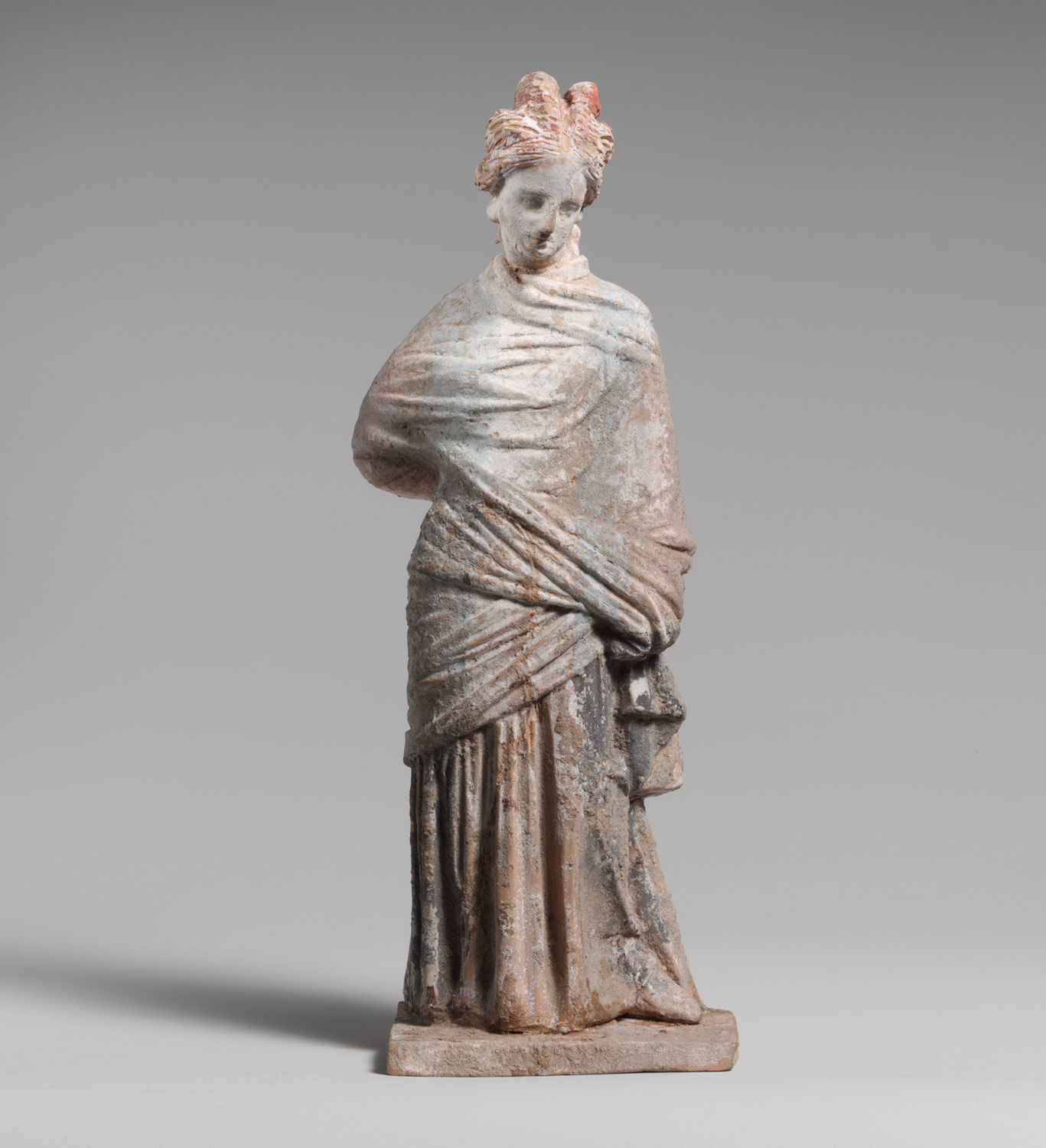Why the Vegetable Lamb?
When I was consulting with a local herald about getting started with a device, and what would I want on it, she mentioned Vegetable Lambs and it stuck. It's just such a delightful whimsical image.
The Vegetable Lamb was brought to the attention of the European populus by the Travels of Sir John Mandevillle.
The manuscript says as follows:
Wherefore I say you, in passing by the land of Cathay toward the high Ind and toward Bacharia, men pass by a kingdom that men clepe Caldilhe, that is a full fair country. And there groweth a manner of fruit, as though it were gourds. And when they be ripe, men cut them a-two, and men find within a little beast, in flesh, in bone, and blood, as though it were a little lamb without wool. And men eat both the fruit and the beast. And that is a great marvel. Of that fruit I have eaten, although it were wonderful, but that I know well that God is marvellous in his works.





